RLPA boss Clint Newton opens up on NRL’s collective bargaining agreement dispute
It’s the pay war that threatens to tear apart the game. The NRL says it’s the biggest wage deal in history, the players disagree. Both say they have the game’s interests at heart, writes PHIL ROTHFIELD.
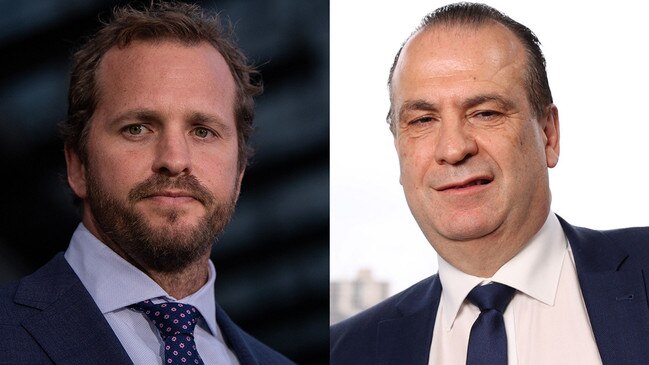
NRL
Don't miss out on the headlines from NRL. Followed categories will be added to My News.
The ambitious son of an Australian golfing legend is going toe to toe with one of the country’s most powerful men in a $2.9 billion war for NRL funding.
“Dad taught me to stand up and fight for what you believe in,” says RLPA boss Clint Newton, the son of Jack Newton — the iconic Aussie golfer and TV commentator, who passed away earlier this year.
The battlelines have been drawn in the showdown with Newton, representing the players, facing off against Peter V’landys – the heavyweight boss of the NRL and Racing NSW. V’Landys and the NRL say the deal will make current players the highest paid generation in the game’s history and secure the future of the sport.
But Newton says the deal is not as good as it sounds.
Players want another two per cent in their pay increases and a share of actual revenues, not just forecast income, to sign off on the deal.
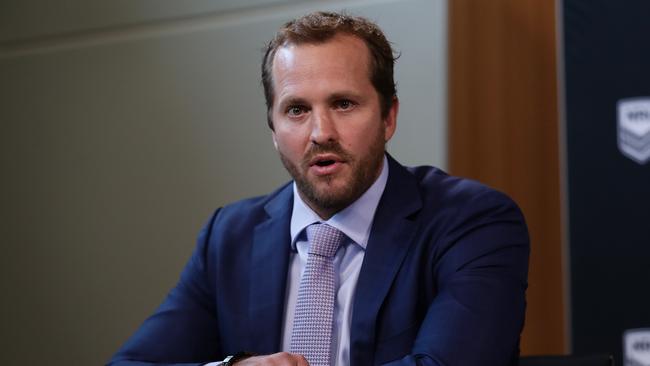
They’re also seeking an agreement on integrity matters, are non-negotiable on the creation of a retirement fund, to ensure struggling players leave the game without facing financial hardship. “It will come down to compromises,” Newton said. V’Landys will not go into detail in regards to the dispute or the terms of the offer but he and NRL CEO Andrew Abdo have said they have a dual role of looking after players and ensuring the game is financially secure.
“We’ll negotiate in good faith to find a resolution sooner rather than later,” V’landys said. “But we won’t be doing it through the media. I have to act in the best interests of the game as a whole, the fans and everyone.
“The game has no assets so next time there’s a catastrophe, what are we going to rely on? You can’t have a 100 per cent distribution model.”
STALEMATE
Newton has been playing as hard at the negotiating table as he did as a footballer in the forward packs of the Newcastle Knights, Melbourne Storm and Penrith in 173 first grade games. “We’re not going to just roll over,” Newton said. “It’s in everyone’s interest to get it done but it’s such an important five-year deal. We’ve been trying to get this sorted since November. That’s when we first put in a request for the NRL’s financial details. We didn’t get accurate figures until June. That caused the first delay and it’s dragged on.”
HOW TO SOLVE IT
“It will come down to compromises, there always is in CBA negotiations, but we can’t be expected to erode player rights, nor should their contribution be disrespected,” he said.
“We have many restraints and restrictions in place and we will no longer give up more ground on areas that directly relate to the players core terms and conditions. There are still a lot of matters to negotiate but we can break the back of it by agreeing to several key things:
■ A 2 per cent increase in the players share so they track in line with their historic share.
■ Providing the players with agreement rights over their fundamental employment terms and conditions.
■ Agreeing to a genuine revenue share arrangement where players receive their share on actual revenues, not just forecast revenues.”
PAY INCREASE
Newton disputes suggestions the players are getting a 34 per cent increase.
The NRL reportedly is looking to increase the salary cap from $10.2 million to $12.5 million. It is offering an increase in the average men’s salary from $325,000 to $400,000. But Newton disputes some of the figures being talked about.
“The big, shiny numbers that have been reported are correct,” he said, “It looks good at first glance but it’s not. For this CBA you have to add in a new NRL team (40 players) plus 10 extra full-time contracts outside the to 30 at each club to share the money.
“The NRL players are going from $980 million all up to $1.198 billion. That’s a 22 per cent increase, not 34 per cent. You’ve got to take into account the NRL’s consolidated revenue is increasing by 25.15 per cent so the offer isn’t even keeping pace with NRL financial growth. The salary cap is not actually $12.5 million. It’s closer to $10.5 million. They’ve added cars, train and trial players, development players that were previously separate to the cap. It’s very misleading.
“Do we genuinely believe despite the players and clubs being the main generators of the revenue, that they don’t deserve to track in line with the same percentage share as the previous CBA term? The players have actually taken a discount to fund other areas of the game.”
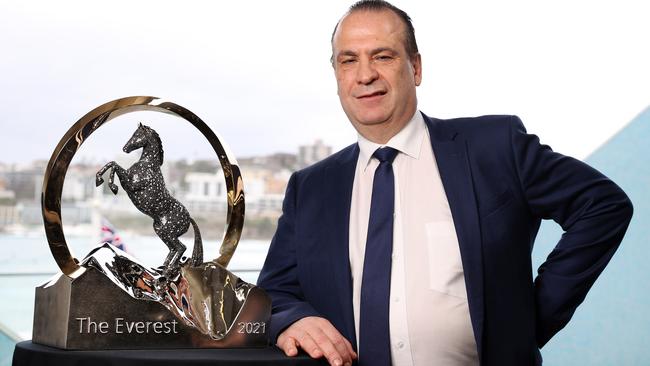
RETIREMENT FUND
The average career span of an NRL player is four years.
“The clear majority of players will not see out the term of this CBA,” Newton said, “This is why the players have a representative body to make responsible decisions and invest in areas that will support them when they leave the game.
“If we were being greedy we’d want to dump every dollar into the salary cap. Make it $15 to $20 million.
This area of ensuring retiring players are better looked after is something we’re really passionate about. I am a retired player. I’m lucky but I know what it’s like for others.
“I’ve seen teammates struggle and it’s hard to watch. That’s why every player has agreed to look after these guys rather than put the money into their own wallets. It’s for injury hardship, medical support funds and all sorts of things. They’ve got the rest of their lives to live.”
VOICE IN THE GAME
Newton said one of the areas of concern for the players was wanting a louder voice in how the game is run and changed.
“We would appreciate it if the ARLC spent more time governing the game, working collaboratively with states and maximising commercial and broadcast deals rather than trying to dictate core employment conditions,” he said. “The public and fans want to hear from the RLPA and players. We recognise the
perspective we provide and positions we take on matters that impact players’ employment and
workplace may not align with the views of others.
“Our job, though, isn’t to please everyone, it’s to protect, support and advance the interests of the players. However, it seems as though the NRL and Commission don’t like independent member-led organisations trying to correct the power imbalance that has held the game back.”
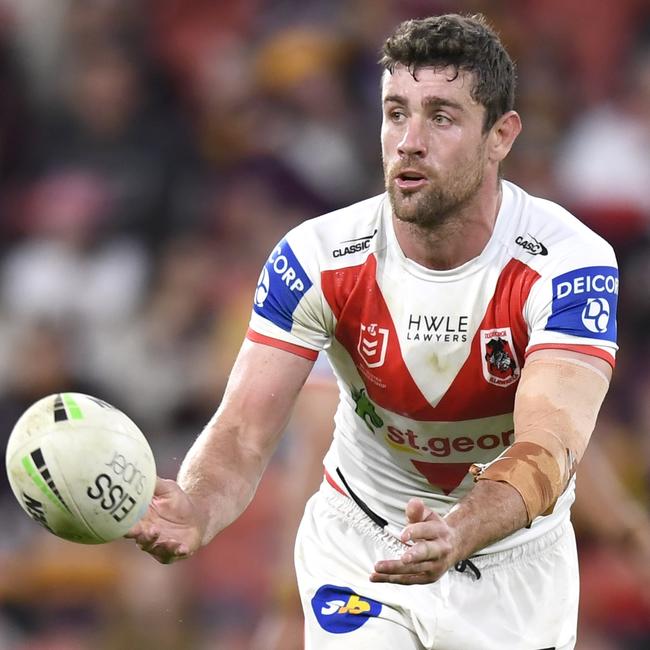
INTEGRITY
The players want more say in the area of regulating behaviour and handling of off-field incidents.
“We understand accountability is part of the game and, following due process, if sanctions are required then that will play out,” he said. “However, our system is broken and requires urgent attention. A review of our entire integrity process and procedures has been on the table for three years with a full review meant to be finalised. Yet here we are in November 2022 and still nothing to show for it.
“We are a long way from best practice and we need a mature model based on procedural fairness, and with a clear sanctioning framework so everyone can have trust in the system and have confidence they will be given a fair go.”
STRONG CLUBS
Newton says the player relationships with the clubs has never been stronger.
They are fighting this battle side-by-side. He says their bond became stronger during Covid. “Players demonstrated how much they love their clubs and wanted to play for fans by taking pay cuts they were not obligated to take,” he said. “They returned to the field in a very uncertain health and safety environment. They lived in lockdown and bubbles for longer than anyone. That started the reconnection. Since taking the role in March 2020, I’ve wanted to do all I can to work closely with the employers (clubs) of our members. “I have been around the game long enough to know the game has kept clubs poor for too long. Clubs and players are now standing side-by-side. The clubs know how valuable their players are to their business which is why they have been so supportive.”
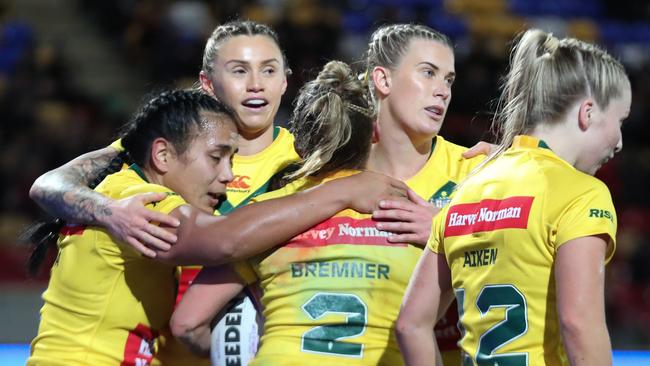
WOMEN’S GAME
“There should be a big increase in the women’s game,” Newton says, “They deserve that. The Commission has made a decision to rush expansion by increasing to 10 teams. It means we are going to have to now deal with an influx of players and we need to properly resource clubs to enable them to provide the best possible environments.
“The commission has to be prepared to prioritise the women and the NRLW clubs. The problem is exacerbated because the broadcast deal does not provide for $1 above production costs for the women’s game. They’ve undervalued our fantastic female athletes.”
Originally published as RLPA boss Clint Newton opens up on NRL’s collective bargaining agreement dispute



